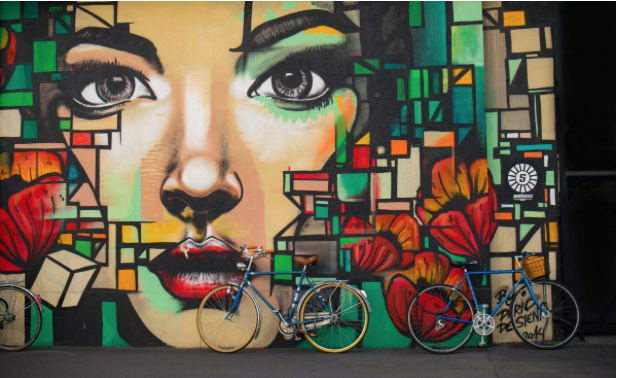CommentsCOMMENTARY - There is a force in the world that was never considered as a force in our human story until Mohandas Gandhi discovered it 116 years ago, the power of nonviolent resistance.
We humans have studied war for perhaps 11,000 years or more. We have colleges and massive industries devoted to that destructive ability of our species.
What about the opposite, the creative ability, the constructive conflict?
We have been thinking about nonviolence as a way to wage struggle for barely a century or so. Yes, it’s been a part of all great religions as a nice way to be, as a preferential path, but none thought about how to make it work, about ways to make it work better than violence, until Gandhi. His basic pivot in thinking has been adopted and adapted by many now, from some of the liberation struggles in Africa, to the US Civil Rights movement, to the Philippines, to Eastern and Central Europe, to South America, and more.
While there are many ways to respond to danger—flight, fight, surrender, bluster (posing or bluffing)—the way of nonviolence is assertive resistance. Assertive resistance is not running away, nor is it an attempt to crush another, nor is it abject surrender, nor is it trying to appear dangerous and threatening.
The core elements of assertive resistance are discipline and creativity. Together they comprise the basis of strategic nonviolent struggle.
It works. Recent Studies document the relatively high success rate of nonviolent insurgency. Discipline is obviously crucial.
So is creativity. Arguably, without creativity, social movements are likely to fail.
The arts across all mediums bring life and attention to civil society campaigns. Music, film, literature, artwork, and even video games are Platforms to address or disrupt conflict. They can generate sympathy and create allies. These creative arts help support nonviolent campaigns that have been able to successfully resist An Array Of Problems, such as injustice, environmental harms, and levels of violence even up to war.
If one were to dive into the recorded instances of creativity in nonviolent resistance as well as its Cultural Significance, the richness of our human spirit synthesizing the courage to resist with the heart to create are illimitable. Here are a few examples:
- Reconnecting to cultural roots, bringing up cultural significance in movements.
- Being blunt, yet courteous through sending messages, letters, or even continuous casual conversation.
- Create signs or art pieces, no matter how simple, to signify a movement and be easily spread.
- Media productions (theatre, music, film, etc.) to broaden scope of movements.
Sometimes the desire for change may organically start at a basic level then snowball into more creative and abundant endeavors. One small effort may be the spark needed to inspire a great deal more.
There is no limit to our capacity to create, to resist, and to discover how to connect—or perhaps our limits are only our willingness to use our enormous imaginations in service of our collective future, peace, and prosperity.
(Sebastian Santos, syndicated by PeaceVoice, is a graduate of Portland State University and is currently pursuing a master’s degree at Lewis and Clark College.)
(Dr. Tom H. Hastings is Coördinator of Conflict Resolution BA/BS degree programs and certificates at Portland State University, PeaceVoice Senior Editor, and on occasion an expert witness for the defense of civil resisters in court.)






